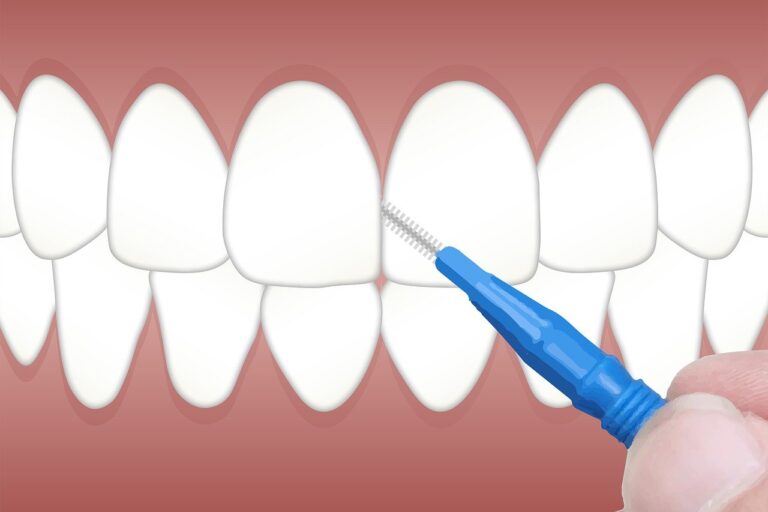Dental Hygiene Teeth Cleaning Los Angeles, CA
Taking good care of your mouth, teeth and gums is a worthy goal in and of itself.
Good oral and dental hygiene can help prevent bad breath, tooth decay, and gum disease—and can help you keep your teeth as you get older.
Understand the importance of oral health — and its connection to your overall health.
A regular check-up at Wilshire Smile Studio will ensure your overall health.

REGULAR DENTAL CLEANING AND CHECK UP
Your physical and oral health depends on home oral hygiene and regular visits to our dental team.
Dental hygienists are highly-trained specialists in a professional level of teeth cleaning, which prevents small problems from becoming enormous challenges, potentially very painful and expensive to fix.
No matter how good your home dental care skills are, it’s important to have a dental hygienist use her sophisticated tools and resources to clean your teeth at least twice a year.
In addition to probing for infected gum pockets around the teeth, cleaning them out and scraping off the hardened plaque that can lead to periodontal disease, she can:
- Do deep irrigation with an antibacterial solution.
- Implant antibiotic pellets for serious cases of infection, which will release the medicine over time.
- Use a laser to cut away small amounts of diseased gum painlessly.
- Do root planning to keep teeth healthy and free of tartar, preventing gum disease.
- Measure gum pockets with a periodontal probe
Instruct good oral hygiene
HOME HEALTH CARE
Dental hygiene practices at home may not seem very important—it really means knowing how to carefully clean your teeth and gums at home in ways many people have never learned. A minimum of at least two minutes required to do the brushing right.
- Use a brush with the soft or medium type of bristle brush or, better, an electric toothbrush.
- Add fluoride toothpaste
- Brushing upwards at a 45-degree angle using short strokes and moving back and forth over your teeth.
- Spend 20-30 seconds for the front surfaces, the same for the back surfaces, and finally 10 seconds for the chewing surfaces on the left and then the right. Then repeat this for another minute on the upper set of teeth.
- Don’t brush too hard because that can wear away at the enamel, the hard surface that protects teeth from oral bacteria.
An additional minute gently massaging the gums at the same angle (especially if you have bleeding gums) would also be beneficial. Brushing the tongue will remove more bacteria that could cause gum disease.
WHAT’S THE BEST TIME TO BRUSH?
The best time to brush is normally right after breakfast and before you go to bed. However, if you eat sugary, sticky food or drink sweet coffee, tea, sodas, wine, or smoke during the day, then after lunch would be better, though it means bringing your teeth-cleaning kit to work.
Using a mouthwash that is more than a breath freshener will also help, such as over-the-counter ones with the ingredient cetyl pyridinium, or ask your hygienist for a recommendation for your case.
FLOSSING?
Only 40% of Americans floss at least the recommended once a day and 20% never floss. Flossing (which goes beyond the two minutes for brushing) needs to be done right to be effective and most people should have their hygienist demonstrate this.
The floss should be wrapped around the middle fingers of each hand, leaving a couple of inches free in between. Then using the index or pointing fingers to guide, place it at the gumline and pull it up and down against each of the teeth to scrape their sides.
DENTAL PICK
If you have crooked teeth or gaps where food may get stuck, you should use a small dental pick with bristles to clean these areas. Those who find flossing physically hard to do can use an electric water pick, which relies on water pressure to not only remove food particles but can provide helpful gum massage.
You lean over the sink and place the tip into your mouth with the lips closed and turn it on, aiming the tip just above the gum line as you move it around the mouth. You can pause briefly to allow water to flow into the sink.


